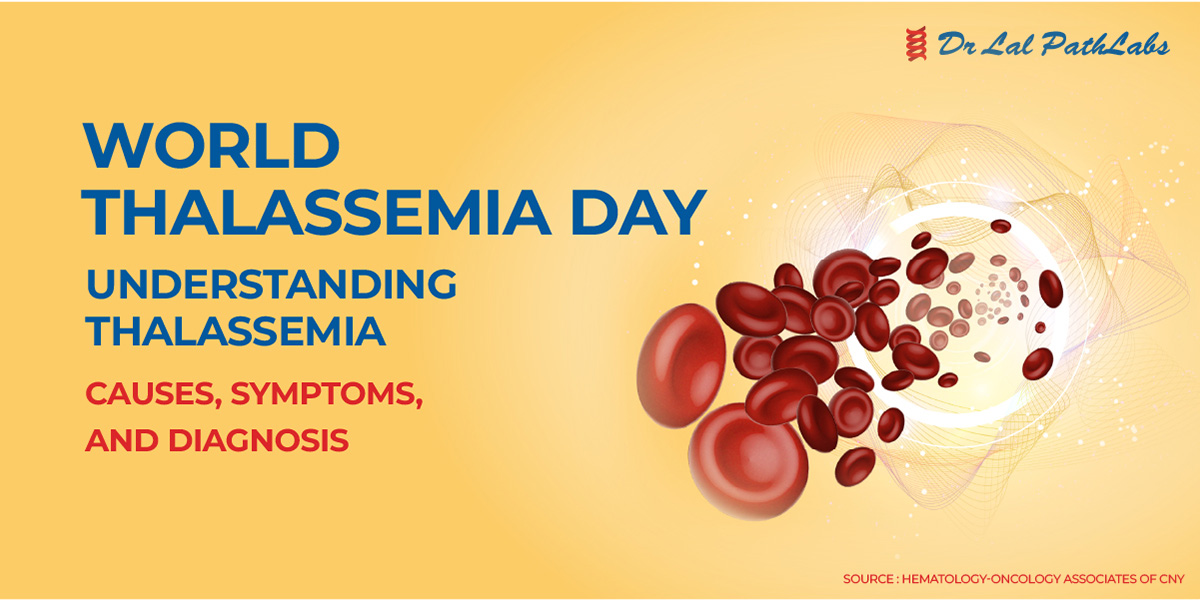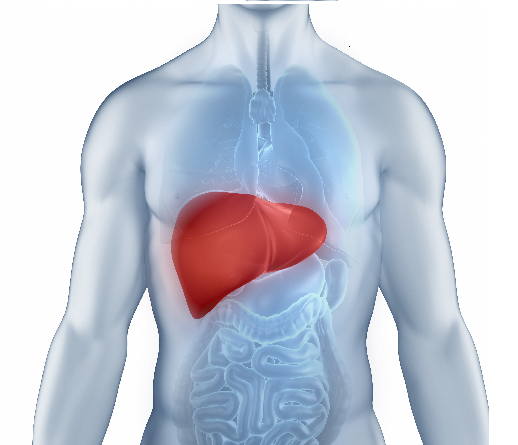Thalassemia: Causes, Symptoms & Diagnosis
Thalassemia is a genetic blood disorder that affects the production of hemoglobin, the protein responsible for carrying oxygen in the blood. It is a type of anemia that causes fatigue, weakness, and other health complications. Thalassemia is a common genetic disorder in people of Mediterranean, African, and Southeast Asian descent. In this article, we will discuss the causes, symptoms, and treatment options for thalassemia.
Thalassemia Causes
Thalassemia is caused by mutations in the genes that control the production of hemoglobin. Hemoglobin is composed of four protein subunits, two alpha chains, and two beta chains. Thalassemia occurs when there is a defect in the genes that control the production of these alpha and beta chains. The severity of thalassemia depends on the number and type of mutations present in the genes.
Thalassemia can be inherited from one or both parents. If both parents carry thalassemia genes, their child has a higher risk of developing thalassemia.
Thalassemia Types
There are two main types of thalassemia: alpha thalassemia and beta thalassemia. Both types of thalassemia are inherited and result from mutations in the genes responsible for producing hemoglobin, the protein that carries oxygen in the blood.
Alpha thalassemia
Alpha thalassemia occurs when there is a mutation or deletion in one or more of the four alpha-globin genes. The severity of alpha thalassemia depends on the number of alpha-globin genes affected.
There are four types of alpha thalassemia:
- Silent carrier: A person with a silent carrier form of alpha thalassemia has one mutated alpha-globin gene and three normal alpha-globin genes. This type of alpha thalassemia usually does not cause any symptoms.
- Alpha thalassemia trait: A person with alpha thalassemia trait has two mutated alpha-globin genes and two normal alpha-globin genes. This type of alpha thalassemia can cause mild anemia, but usually does not require treatment.
- Hemoglobin H disease: A person with hemoglobin H disease has three mutated alpha-globin genes and one normal alpha-globin gene. This type of alpha thalassemia can cause moderate to severe anemia and may require blood transfusions.
- Alpha thalassemia major: A person with alpha thalassemia major has all four alpha-globin genes mutated or deleted. This type of alpha thalassemia can be life-threatening and requires regular blood transfusions.
Beta thalassemia
Beta thalassemia occurs when there is a mutation in one or both of the two beta-globin genes. The severity of beta thalassemia depends on the type of mutation and the number of beta-globin genes affected.
There are three types of beta thalassemia:
- Beta thalassemia minor: A person with beta thalassemia minor has one mutated beta-globin gene and one normal beta-globin gene. This type of beta thalassemia usually does not cause any symptoms and does not require treatment.
- Beta thalassemia intermedia: A person with beta thalassemia intermedia has two mutated beta-globin genes, but the mutations are less severe than those in beta thalassemia major. This type of beta thalassemia can cause moderate to severe anemia and may require blood transfusions.
- Beta thalassemia major: A person with beta thalassemia major has both beta-globin genes mutated or deleted. This type of beta thalassemia can be life-threatening and requires regular blood transfusions.
A person with thalassemia should work closely with their healthcare provider to determine the best course of treatment based on their specific type and severity of thalassemia.
Thalassemia Symptoms
The symptoms of thalassemia can vary depending on the type and severity of the condition. Some common symptoms of thalassemia include:
- Fatigue and weakness: Thalassemia can cause fatigue and weakness due to the low levels of oxygen in the blood.
- Pale skin: Thalassemia can cause pale skin due to the low levels of hemoglobin in the blood.
- Shortness of breath: Thalassemia can cause shortness of breath due to the low levels of oxygen in the blood.
- Delayed growth and development: Thalassemia can affect growth and development in children.
- Jaundice: Thalassemia can cause yellowing of the skin and eyes due to the high levels of bilirubin in the blood.
- Enlarged spleen: Thalassemia can cause an enlarged spleen due to the excessive destruction of red blood cells.
- Bone deformities: Severe thalassemia can cause bone deformities, particularly in the face and skull.
Thalassemia Diagnosis
The tests required to diagnose thalassemia may vary depending on the suspected type of thalassemia and the individual’s symptoms and medical history. However, some common tests used in the diagnosis of thalassemia include:
- Complete blood count (CBC): This test measures the levels of red blood cells, white blood cells, and platelets in the blood. Individuals with thalassemia may have low levels of red blood cells, which can lead to anemia.
- Hemoglobin electrophoresis: This test measures the types and amounts of hemoglobin in the blood. Individuals with thalassemia may have abnormal hemoglobin levels or types.
- Iron studies: These tests measure iron levels in the blood, which can help determine if an individual has anemia due to thalassemia or iron deficiency.
- Genetic testing: This test identifies mutations in the genes responsible for thalassemia. This test may also be used for carrier testing, to determine if an individual is a carrier of thalassemia.
- Prenatal testing: This test is performed during pregnancy to determine if a fetus has thalassemia. This may include chorionic villus sampling (CVS) or amniocentesis, which involves taking a sample of the placenta or amniotic fluid, respectively, for genetic testing.
It’s important to consult your healthcare specialist for an accurate diagnosis and appropriate treatment plan for thalassemia.
Thalassemia Treatment
The treatment options for thalassemia depend on the type and severity of the condition. Mild thalassemia may not require any treatment, while severe thalassemia may require regular blood transfusions and other treatments. Some common treatment options for thalassemia include:
- Blood transfusions: Blood transfusions can help to increase the levels of hemoglobin in the blood and improve oxygen levels.
- Iron chelation therapy: It involves taking medication to remove excess iron from the body.
- Bone marrow transplant: This involves replacing the defective bone marrow cells with healthy cells from a donor.
- Folic acid supplements: They can help to improve the production of red blood cells and improve symptoms of thalassemia.
- Gene therapy: Gene therapy is a promising new treatment.
What Kind of Ongoing Care is Required?
People with thalassemia require ongoing care to manage their condition and prevent complications. The specific type and frequency of care may vary depending on the individual’s type and severity of thalassemia. A multidisciplinary approach involving healthcare providers from different specialties can help ensure comprehensive care for people with thalassemia.
Disclaimer:
This blog is for informational purposes only and should not be construed as advice or as a substitute for consulting a physician. It is not a substitute for medical advice or treatment from a healthcare professional.














